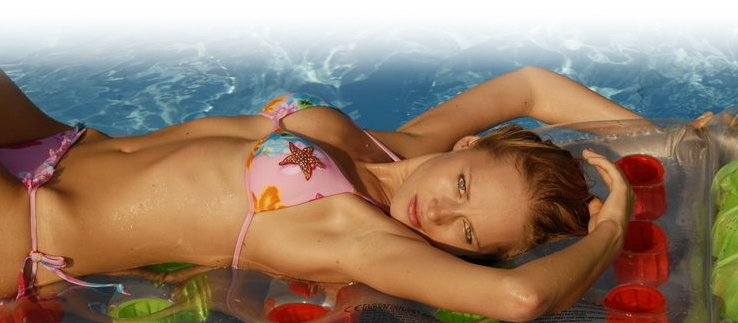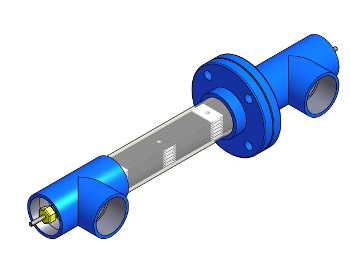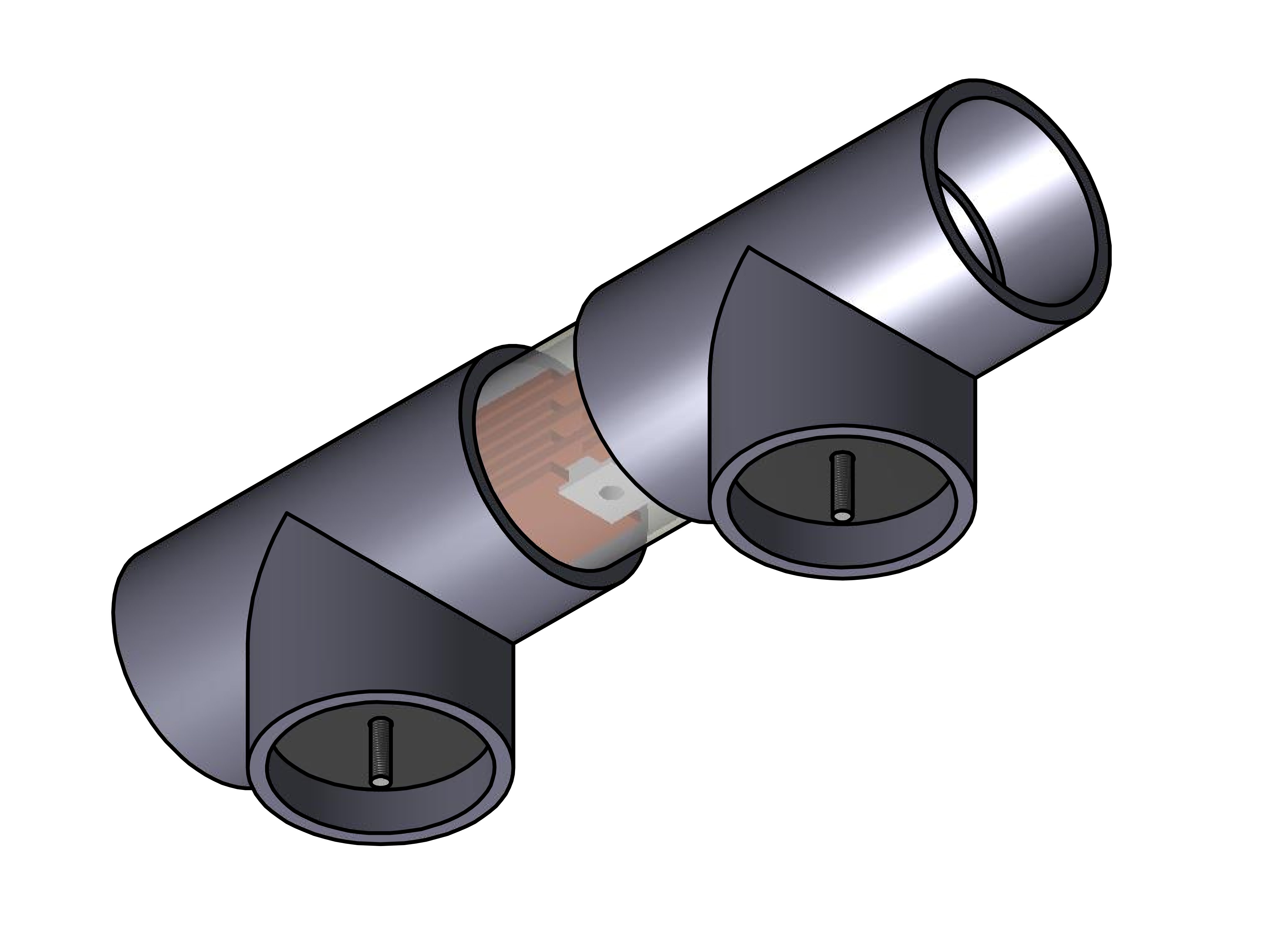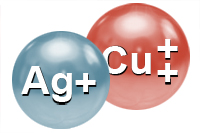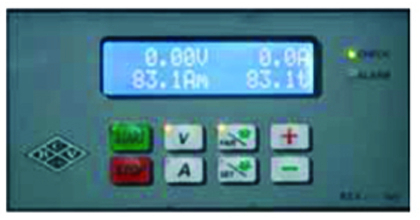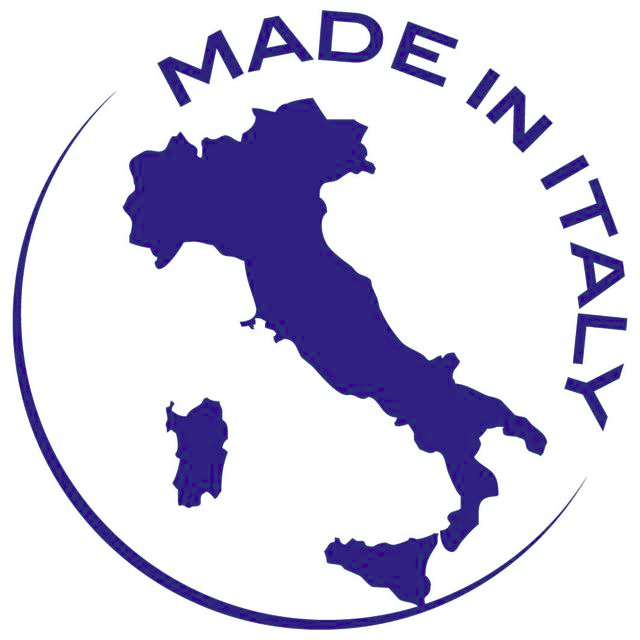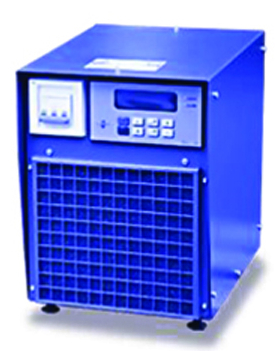Commercial Water Purification Systems
Hot water network • Drinkng water network • Health Clubs • Aqua Parks • Hotels and Resorts Military facilities • Large multi-dwelling residential buildings • Office Buildings • Schools • Nursing Homes Leisure Centres
copyright© 2014 Piscinadimare.it S.a.s.

Copper Ionizers
A pool water ionizer is a device that releases positively charged silver and copper ions into the pool water. These ions kill the microscopic organisms such as algae, bacteria and fungi in the water. The use of a water ionizer also improves the pool water filtration. There are several benefits to using a pool water ionizer.
1 – Better Filtration
Most pools get dirty because of the presence of minuscule particles in the water. These particles are too tiny to be filtered out and remain in circulation in the pool water. The positive copper and silver ions emitted from the pool water ionizer bind with these particles, which are negatively charged. After the process of binding, the particles are large enough to be weeded out with the process of filtration.
2 – Kills Algae and Bacteria
The water pool ionizer emits a small current, which is highly effective in killing the micro-organisms in the pool water. This removes the presence of algae, bacteria, viruses and fungi in your pool, making it safer for you to enjoy.
3 – Minimizes Requirement for Chlorine and reduces chlorine compound, reducing water replacements
A pool water ionizer is effective in tackling algae and bacteria in most swimming pools. To improve sanitization, you may need to add small amounts of chlorine. You require minimal chlorine to be added to the pool, to improve the overall cleansing. In most cases, the chlorine required is so small in quantity that it cannot even be detected by swimmers.
An ionized pool is one of the greatest pleasures you will experience. Once you realize the beauty of swimming in an ionized pool, you will only have to swim in a chemically-treated pool one more time to know how bad chlorine is and how lucky you are to have an ionized pool.
Without a proper sanitation, then algae, viruses, fungi, and other micro-organisms can originate, grow, multiply, and infest the average pool in less than one hour. Diseases too numerous to mention affecting the ears, eyes, nose, throat, skin, and internal organs are often spread from one person to another.
Ionization was developed by NASA and is the least expensive of all disinfecting methods. Ionization is also the only method that produces healthy pool water.
Copper Silver Ionizers
Copper silver ionization is the only water treatment solution to take a systemic approach to combating Legionella and other pathogens. The ions, which are released into a facility’s water supply, are resilient in all water conditions, providing the residual protection necessary in eliminating the threat of Legionella. Aside from being an effective method for combating Legionella, copper silver ionization is also the most environmentally friendly solution as well, with no chemicals or harmful by-products.
• Destroys known water borne bacteria/pathogens
• Removes Biofilm thereby eliminating the safe harbour for microbes
• Produces a continuous residual non toxic disinfectant through the whole system being treated, eliminating the periodic need for chemical treatment and the costly close down of the systems
• It is not affected by heat enabling hot water temperatures to be reduced thus eliminating the possibility of scalding and thereby reducing operating costs
• Usable in just about any water system whether it be free flowing or closed circuit
A sampling of waterborne pathogens that the copper/silver ionization will kill:
- Amoebae dysenteriae
- Bacillius subtilis
- Bacillius typhosus
- Cryptosporidium
- Endamoeba histolytica
- Escherichia coli (e. coli)
- Giardia lamblia
- Herpes virus
- HIV
- Influenza A & B
- Proteus valgaris
- Pseudomonas aeruginosa
- Salmonella
- Saccharomyees cerevisiae
- Sarcina Flava
- Shingella dysentiniae
- Shigella flexneria
- Staphylococcus aureus
- Streptococus faecalis
- V. cholera
- Vaccinia virus
- Vibrio cholerae
